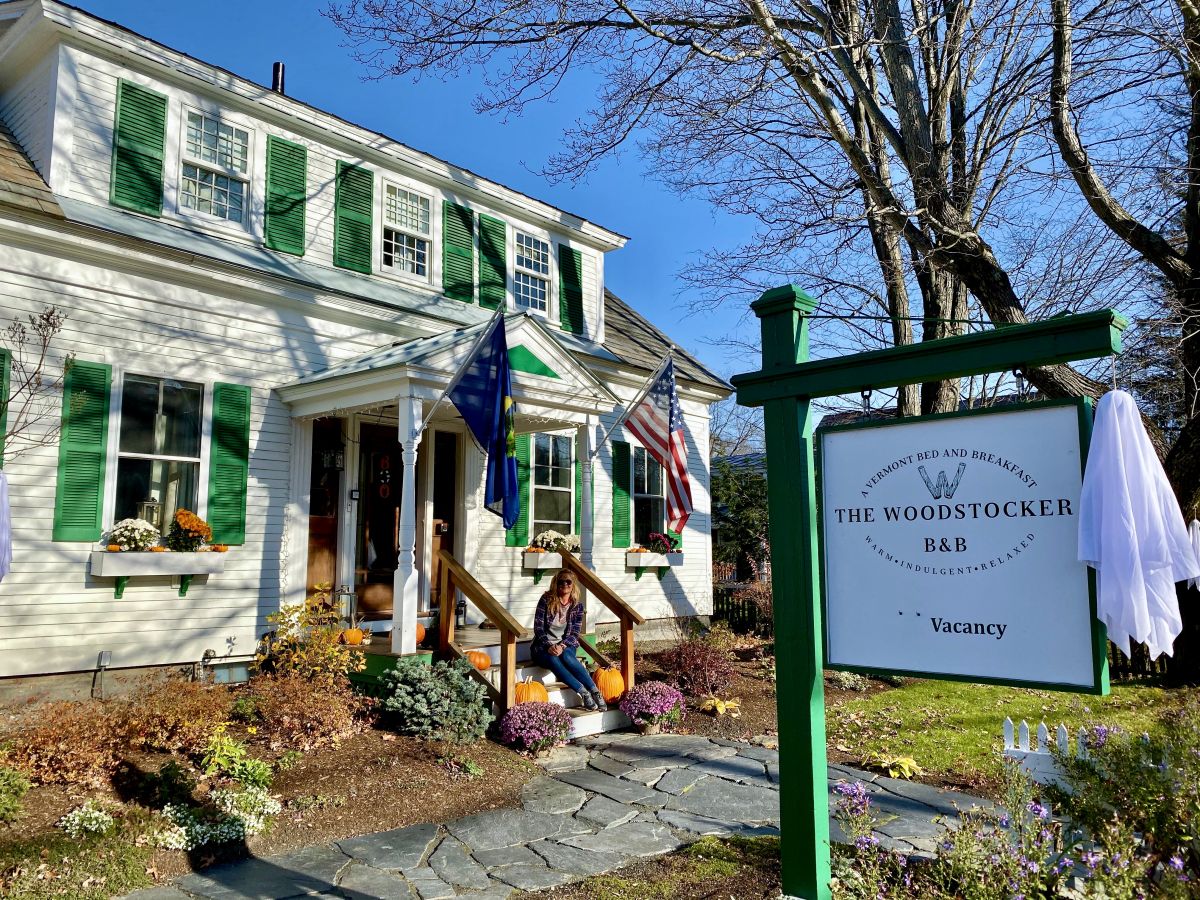


In Italian
What to do in Massachusetts: visit the Historic Deerfield Village. Info, curious issues and tips to discover an authentic 1670 “English” village – and its development over the centuries – in the heart of the Franklin County.
Deerfield is a portion of land located in the heart of the actual Franklin County and inhabited previously exclusively by the Native Pocumtucks: a prosperous and powerful group settled in the area hundreds of years before and progressively decimated by the illnesses brought by the Europeans and by infightings with the Native Mohawks. It was officially founded in 1669 by the English colons Samuel Hinsdale and Samson Frary.
The fertile land – neighbored by the Deerfield River, Connecticut River and Green River – and the particular geographical conditions, favored in a short time the building of a 43 colons families’ settlement.
A real residential settlement that recalled those ones popular in the villages in England in the 1600s, big wooden houses with sloping roofs separated by wide gardens with barns and stables. Over time a church, a tavern and an Inn were added.
A community developed then over time, over 300 years of history – attacks, sieges, escapes and persecutions included – and arrived until nowadays perfectly preserved in its urbanism, its architectonic and artistic evolution and in its most authentic traditions.
Today, the most ancient dwellings of the heart of the village – those kept from the 18th century – tell the visitors the lifestyle and the development of the Deerfielders from the first English settlement until the first decades of the 1900s: they are mostly still surprisingly located in their original site and are rich in daily life testimonies and precious vintage furniture.
A place out of time and space that, despite the passing of years, attracts more and more tourist and history, art, furniture and architecture lovers from all over the world.
Visit the Historic Deerfield Village today it means setting out on an exciting journey back in time discovering an authentic and fascinating New England village of the 18th century.
Even 12 historical houses – dating back from 1730 and 1850, overlooking the main alley, called The Street – can be visited. All the other ones in the secondary streets and on the sides cannot be visited because they are private and mostly inhabited by proud descendants of the first English colons. But anyway they can be visited from the outside.
After have bought the ticket at the Tavern Hill Visitor Center you will be given a map with all the indications about the dwellings that can be visited alone – inside you’ll find a volunteer who will explain you shortly the history of the construction and its inhabitants and then he will leave you free to move alone – and those ones where exclusively guided tours leave every 30/45 minutes about.
Once entered you’ll have the impression to be really in a remote era, in the daily life of the first inhabitants of New England and its descendants, among belongings and memories, writings, paintings, musical instruments and furniture, everything strictly original.
Keep going southwards along The Street you’ll reach the Flint Center of Early New England Life. A wonderful museum with adjoining library, with some among the most beautiful collections of the country dedicated to furniture, antiques, fabrics, pictures, weapons, silverware and chinaware of that time.
At the end of your visit – reckon an abundant half day – you’ll have the chance to have a typical dishes lunch at Champney’s Restaurant & Tavern. If you have more time you can stay overnight at the ancient The Deerfield Inn and completely be swallowed by the experience of the Historic Deerfield Village.
The Museum organizes a series of activities and programs for adults and children, courses and workshops about the old crafts, the textile manufacture, the work in the fields and in the kitchen.
Historic Deerfield is open 7 days a week – except for Thanksgiving Day and indicatively the first three months of the year – from 9.30am to 4.30pm. Always check eventual changes in the opening hours and days according to the seasonality on the official website.
My personal tip is – where it is possible, of course – to plan the tour in Fall.
When the colors of the warm and bright local foliage fill the frames of the historic dwellings with vermillion red and ochre yellow.
The perfect period between late October and the beginning of November combining with another very beautiful local tradition, the Cider days – the days of the preparation and tasting of the very good and popular.